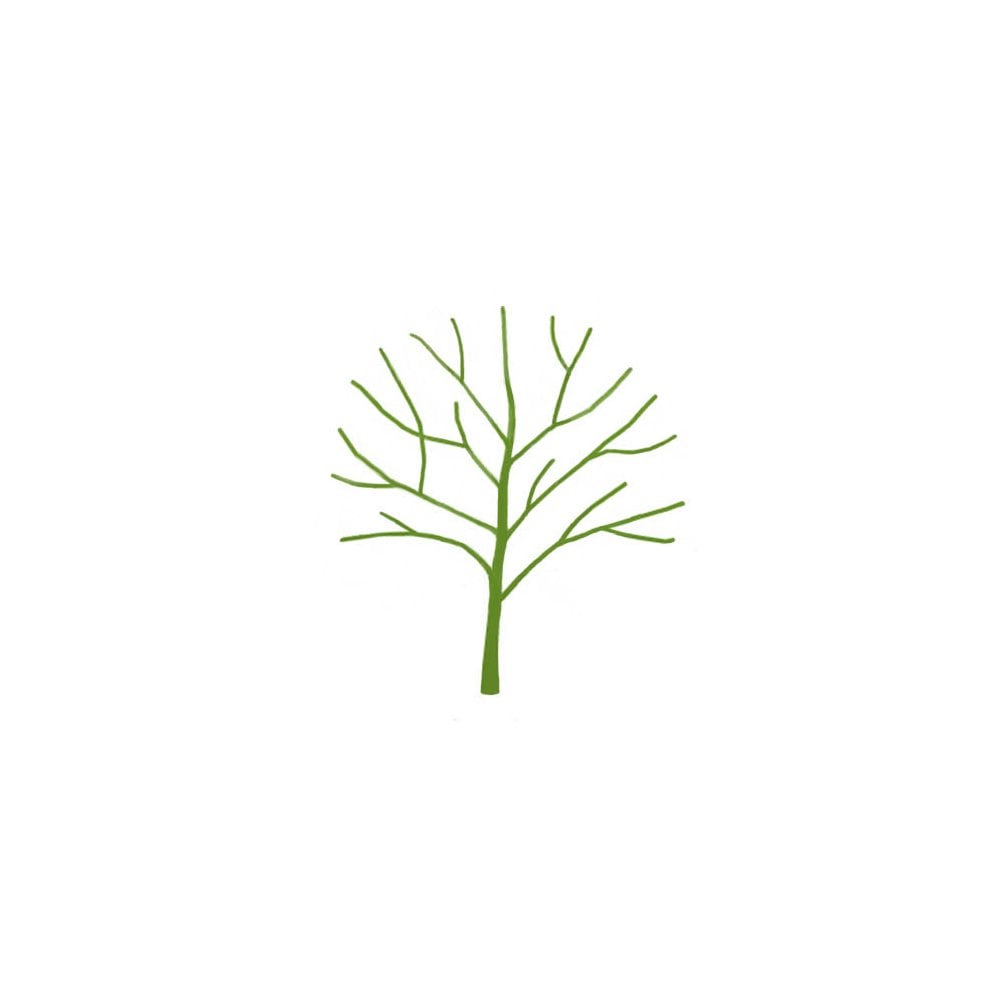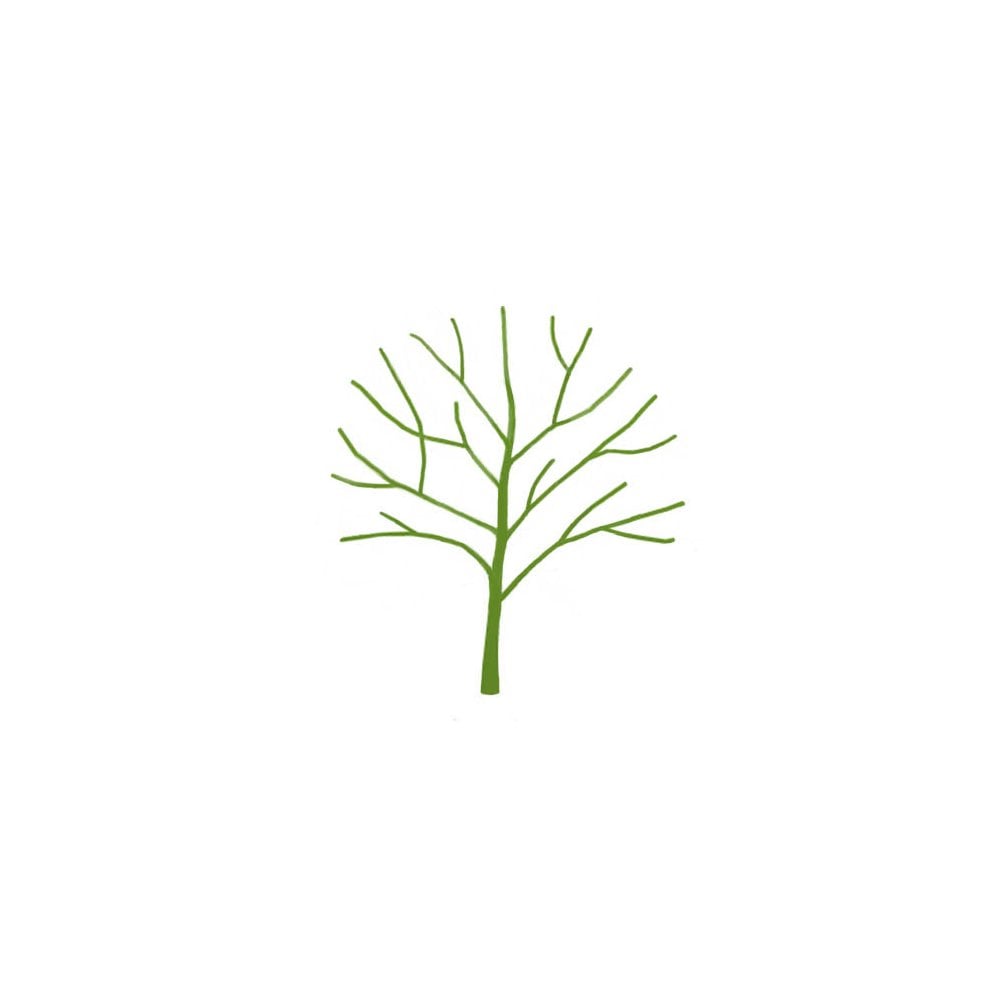Cambridge Gage - Plum or Gage Tree
Cambridge Gage - Plum or Gage Tree
Eating Gage Trees

Cambridge Gage
Eating Gage Trees




Key features






Description
Cambridge Gage trees reliably produce heavy crops of green gages with a similar flavour to that of 'Old Greengage'. The yellowish green flesh is juicy and full of flavour. The gages are produced in early September and the tree is self fertile, so doesn't require a pollination partner. Suits a sunny, sheltered position.
Cambridge Gage is a fantastic choice when the traditional green gage flavour is desired. Prunus domestica 'Cambridge Gage' originates from Cambridgeshire and holds the RHS AGM status.
| Small shrubs (1-3) | Young trees & 4+ small shrubs | Select semi-mature trees & shrubs (1-4) | All other mature trees (any quantity) | |
|---|---|---|---|---|
| Mainland UK ex. Scottish Highlands | £10 | £12 | £35 | from £55 |
| Scottish Highlands & the Islands | From £30 | |||
| Outside Mainland UK | Currently we are unable to deliver outside of Mainland UK | |||
Product Details
Key features






Description
Cambridge Gage trees reliably produce heavy crops of green gages with a similar flavour to that of 'Old Greengage'. The yellowish green flesh is juicy and full of flavour. The gages are produced in early...
Cambridge Gage trees reliably produce heavy crops of green gages with a similar flavour to that of 'Old Greengage'. The yellowish green flesh is juicy and full of flavour. The gages are produced in early September and the tree is self fertile, so doesn't require a pollination partner. Suits a sunny, sheltered position.
Cambridge Gage is a fantastic choice when the traditional green gage flavour is desired. Prunus domestica 'Cambridge Gage' originates from Cambridgeshire and holds the RHS AGM status.
Planting & Care
Delivery Information
| Small shrubs (1-3) | Young trees & 4+ small shrubs | Select semi-mature trees & shrubs (1-4) | All other mature trees (any quantity) | |
|---|---|---|---|---|
| Mainland UK ex. Scottish Highlands | £10 | £12 | £35 | from £55 |
| Scottish Highlands & the Islands | From £30 | |||
| Outside Mainland UK | Currently we are unable to deliver outside of Mainland UK | |||
MORE TO GROW YOUR GARDEN
























